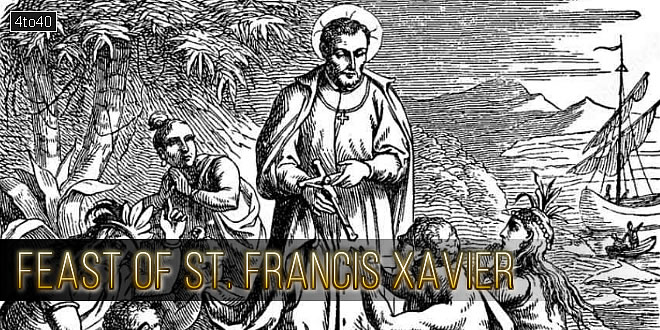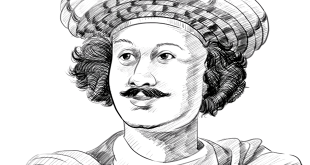The Feast of St. Francis Xavier is an important holiday that is observed by devout Christians all over the world. In India, it is a regional public holiday in the state of Goa. It is observed on 3 December every year.
St. Francis Xavier was a very important missionary who was instrumental in propagating the Christian faith and the Roman Catholic church in several parts of India.
Feast of St Francis Xavier:
Feast of St. Francis Xavier is celebrated every year in December. This day commemorates the dedication and service that Saint Francis Xavier committed himself to through his outreach of faith and missionary work in India, Asia and Europe.
The body of St Francis Xavier lies in a silver casket in the Church of Bom Jesus in Goa and every year on December 3rd, the day he was buried, ceremonies are performed to honor his death. Born in Spain on April 7, 1506, St. Xavier came to India with the Portuguese Viceroy of Goa in 1543, and immediately undertook the task of influencing the Goan people. He was a great Catholic missionary, who preached the Gospel of Jesus Christ to the people of Asia.
Legends about this great Saint says that he had a healing power and his body has not decomposed even after 5 centuries of his death. Every ten years until 1994, on the anniversary of his death, St Xavier s dead body was brought out and kept in a glass case, with the feet exposed, for all to see and worship. For the exposition, people from all over India flocked to the church for a glimpse of the saint.
The last exposition was held in 1994. Since the condition of the body had deteriorated visibly, now the body is not displayed.
People still visit the Church of Bom Jesus in Goa every year to celebrate the Feast of St. Francis Xavier and the pilgrimage turns into a picnic for quite a few families, as they shop in the little lanes decorated with streamers. The ambiance of the church site is happy and festive.
St. Francis Xavier:
In 1525, when Francis Xavier (baptized Francisco de Jasso y Azpilicueta) left his war-torn home in Navarre (now Spain) for the University of Paris, the young nobleman had great plans for instructing the ignorant … but only in philosophy.
Although his roommate at the university, the future St. Ignatius of Loyola, pleaded with Xavier to consider the priesthood, Francisco ignored him. He had his eye on worldly advancement and wasn’t interested in serving the Church. Eventually, though, Ignatius wore his roommate down, and in 1534, Xavier joined Ignatius and five other students in making secret vows of poverty, chastity and obedience to the pope. Three years later, he was ordained, and in 1540, after the pope approved Ignatius’ plan for a new religious order, Xavier became the first missionary priest of the Society of Jesus (the Jesuits). His first journey was to India, where the king of Portugal needed someone to re-evangelize the Portuguese who had settled in the Near East.
Not long after Xavier arrived in Goa, however, he began reaching out to the native people with as much zeal as he reached out to the debauched Portuguese merchants and sailors. Traveling up and down the Pearl Fishery Coast, Xavier instructed the people of southern India and Ceylon in the Christian faith, baptizing thousands and building more than 40 churches.
Eventually, Xavier expanded his mission beyond India, traveling throughout Malaysia and Japan before eventually reaching Shangchuan, an island just off the coast of China. Almost everywhere he traveled, Xavier was the first Christian missionary the people had met. Although he struggled with languages, he worked with native interpreters and used both art and culture to introduce thousands to the Gospel.
By the time, Francis Xavier died – at age 46, in 1552, on Shangchuan — he had baptized at least 30,000 people. It’s said he was responsible for more conversions to Christianity than any one single person since St. Paul the Apostle.
 Kids Portal For Parents India Kids Network
Kids Portal For Parents India Kids Network







